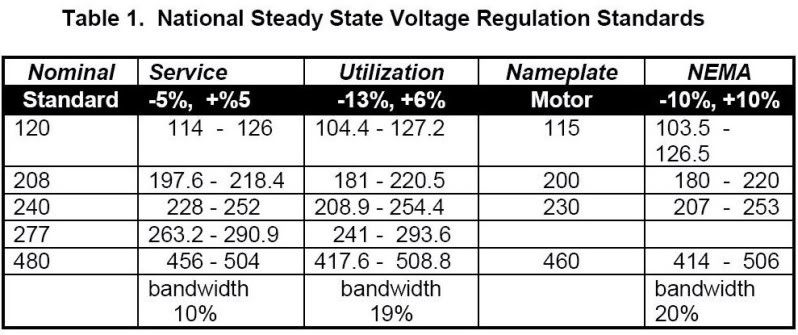Electric-Light
Senior Member
In the USA. What would you say the proper nominal service voltage is?
In the USA. What would you say the proper nominal service voltage is?

In the USA. What would you say the proper nominal service voltage is?
I voted for 240V because I was thinking 208V is not something dropped to residential customers in any place I have worked. But I hadn't considered that it might be a commercial application.In residential areas the service most likely be 240/120V single phase, 3 wire.
In commercial service it would be either as above or 208/120V, 3 phase, 4 wire. (Of course larger, institutional users may have a 'service' delivered at MV and internal distribution steps it down, in the strictest sense that would not be the service, but the distribution voltage.)
I am not sure what the dryer has to do with it. If the voltage reading at the service is 215v which I would assume would be the same at the dryer then I would guess something is amiss.
I voted for 240V because I was thinking 208V is not something dropped to residential customers in any place I have worked.
Dryer wasn't on. I just chose dryer, because dryer, stove and less commonly window shaker 15A/20A are usually the only line-to-line RECEPTACLES available in homes.
Washer receptacle fed from same panel was 125v.
OK now we're getting somewhere.Dryer wasn't on. I just chose dryer, because dryer, stove and less commonly window shaker 15A/20A are usually the only line-to-line RECEPTACLES available in homes.
Washer receptacle fed from same panel was 125v.
OK now we're getting somewhere.
If the line was 120/240V sigle phase residential and the 215V measurement was indicating it was low, then 120V would be low by the same percentage and should have read around 107V.
It is was part of a 208Y120V 3 phase service and reading high at 215V, the Phase to Neutral voltage would be 215 / 1.732 = 124V. I call Bingo!
Can I change my vote?
Where is the "this poll is incomplete and silly" option? I'd vote for that.
It's akin to "I had ham and eggs for breakfast. What beverage did I have?" :roll:
Almost all multi-unit apartments will be 208 and many city neighborhoods will have 208 volt services to single family homes.


